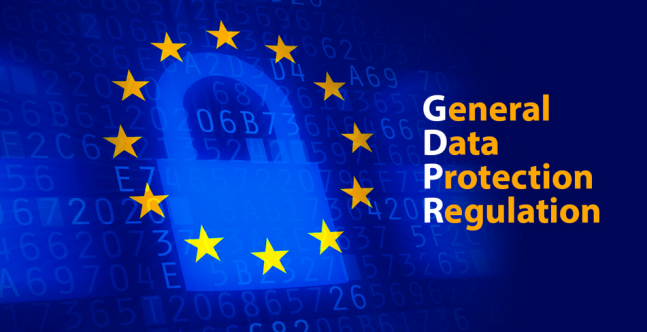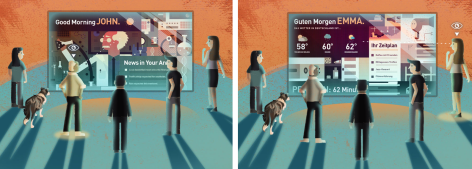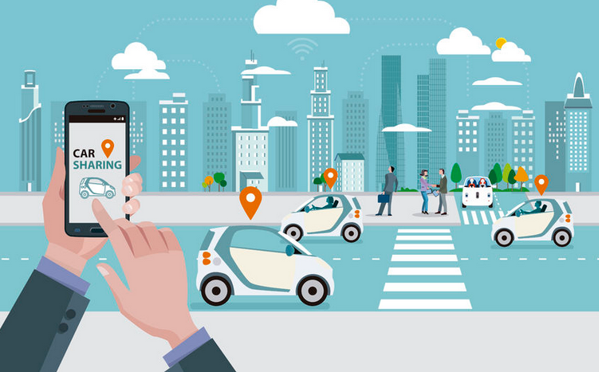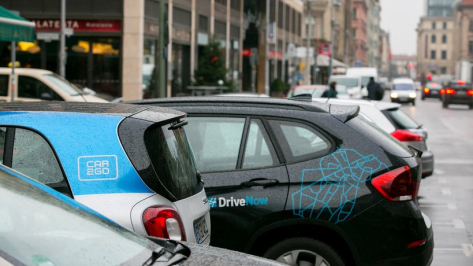You must have heard or seen the term “GDPR” before and quite often lately.
It is getting popular because this term is going to force changes in everything from technology, marketing, to medicine and banking, and because it finally goes into effect on this 25th (25/06/2018) after seven years in the making.
So what exactly “GDPR” is?
GDPR stands for General Data Protection Regulation. As its name, the law protects customer data, allowing any individual to question and request a company to reveal and/or delete their personal data.

This means EVERY European company or ANY business that is dealing with European customers, which harvests personal data is going to need prior customers’ permission.
Could GDPR be a death sentence for Digital Marketing and organisations that heavily rely on consumer data?
The answer is no!
Those type of organisations are more likely to go for a transparency approach, telling and showing customers for what purposes the company will use their information, giving customers control power over their privacy, rather than completely shutting down business.
For example, Spotify will also launch a Privacy Center and Data Protection Officer, allowing its users to manage their personal information as well as helping them with privacy concerns.
Google also stated its commitment to GDPR across all tools and services.

However, it will not be a surprise when companies find some ways to bend the rules.
Facebook currently announced its compliance to the EU’s GDPR, and will roll out its new policy globally. Although using personal data for creating targeted advertising will be absolutely illegal, advertisers still can track users’ activities and behavior based on online activities and interaction, for example, posts you liked and shared or pages you visited.

In my opinion, it could be easier to comply with GDPR than risking yourself and your organisation because the penalty will be significantly massive!
Thank you for reading.





































